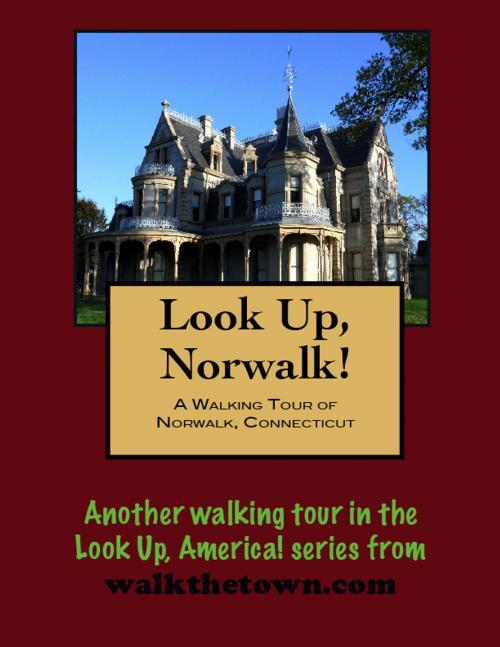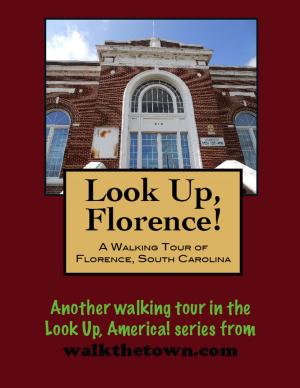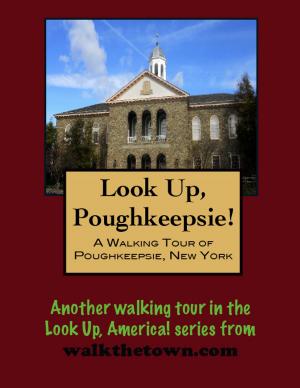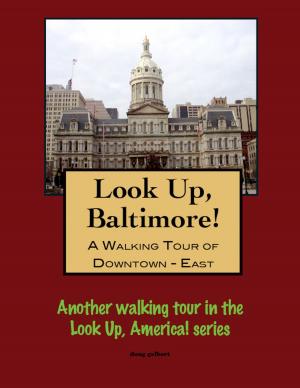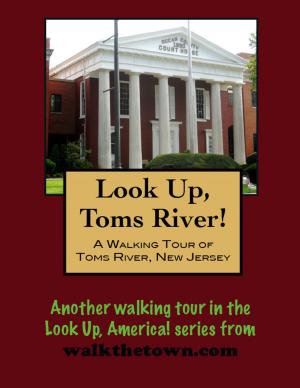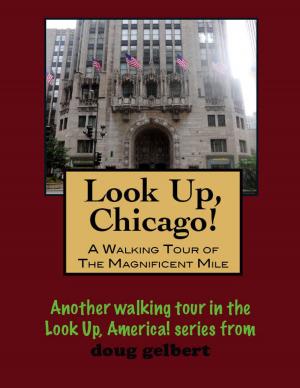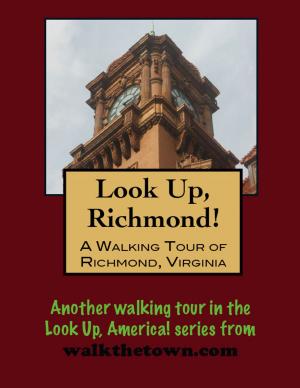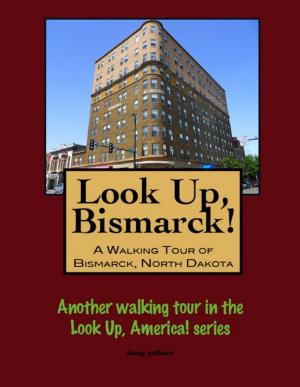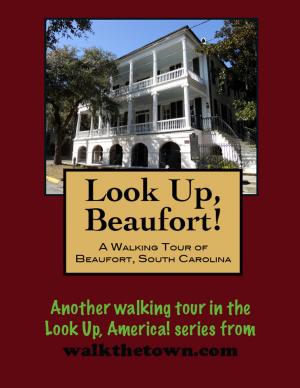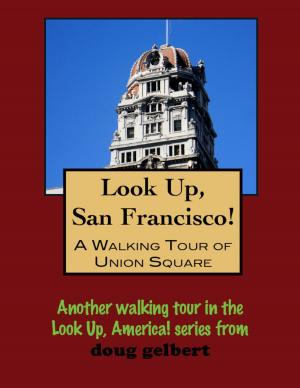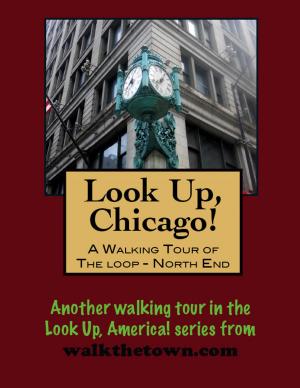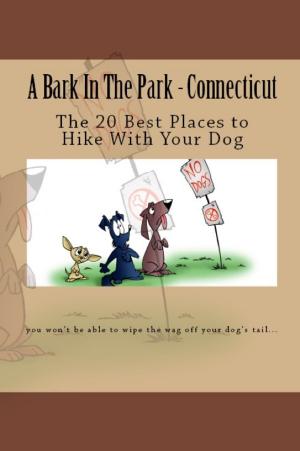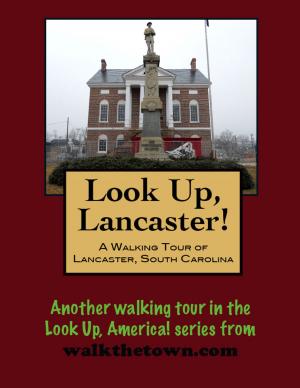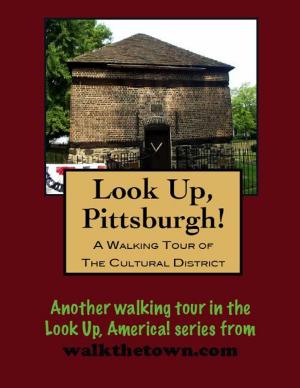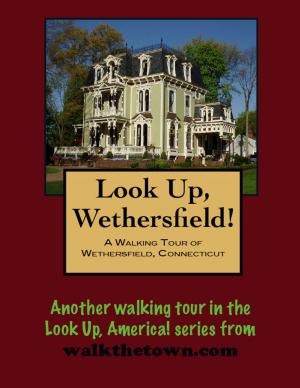| Author: | Doug Gelbert | ISBN: | 9781458178657 |
| Publisher: | Doug Gelbert | Publication: | March 2, 2011 |
| Imprint: | Smashwords Edition | Language: | English |
| Author: | Doug Gelbert |
| ISBN: | 9781458178657 |
| Publisher: | Doug Gelbert |
| Publication: | March 2, 2011 |
| Imprint: | Smashwords Edition |
| Language: | English |
There is no better way to see America than on foot. And there is no better way to appreciate what you are looking at than with a walking tour. This walking tour of Norwalk, Connecticut is ready to explore when you are. Each walking tour describes historical, architectural landmarks, cultural sites and ecclesiastic touchstones and provides step-by-step directions.
Every tour also includes a quick primer on identifying architectural styles seen on American streets.
Roger Ludlow is the “Father of Norwalk” since he bought the land west of the Norwalk River from Mahackemo, chief of the Norwalke Indians, in 1640 or 1641. But Ludlow was merely an agent, Deputy Governor of Connecticut, not an adventurer or settler. The purchase may have been to thwart potential Dutch expansion plans out of New York. Ludlow stayed in the town of Fairfield and left the dirty work of clearing land and carving out a life in new territory to others.
Those first settlers migrated down from Hartford in 1649 and the first crops were planted. Flax and hemp used for linen and rope became an early important crop. In the island speckled waters they found natural beds of oysters, the foundation of an industry that would help power Norwalk’s economy for three centuries.
The Revolutionary War did not treat Norwalk kindly. In 1779 British forces swept along the Connecticut coast in an effort to cripple American naval activity in Long Island Sound. General William Tryon arrived with 2,600 troops on July 10 and quickly dispatched the resistance from a few hundred Patriots. Tryon’s troops burned the town to the ground; it was said only six houses were spared. Included in the carnage were flour mills and saltworks. After the Revolutionary War, many residents were compensated for their losses with free land grants in the Connecticut Western Reserve in what is now Ohio; this later became Norwalk, Ohio.
It did not take long for the local industry to rev up again, however. Within a few years the first kilns were fired that would churn out the pottery for which Norwalk became famous. Many of the pieces of red, yellow, brown and black, mostly of simple design, are collectors’ pieces today.
In January 1849 the New York and New Haven Railroad began operating, bringing railroad service to Norwalk. Within a few years the town was linked to Danbury by rail. The iron horse brought unwanted notoriety in 1853 when the nation’s first railroad bridge disaster occurred over the Norwalk river. The engineer failed to observe an open drawbridge signal and the locomotive, two baggage cars and two-and-a-half passenger cars plunged into the river. Forty-six people drowned or were crushed to death with many more injured.
In 1913, the cities of Norwalk, South Norwalk, the East Norwalk Fire District, and the remaining parts of the surrounding Town of Norwalk consolidated into the present day City of Norwalk. The resulting city on both sides of the Norwalk River became the sixth largest in Connecticut. Our walking tour will focus on South Norwalk, the historic SoNo district, where the original town began...
There is no better way to see America than on foot. And there is no better way to appreciate what you are looking at than with a walking tour. This walking tour of Norwalk, Connecticut is ready to explore when you are. Each walking tour describes historical, architectural landmarks, cultural sites and ecclesiastic touchstones and provides step-by-step directions.
Every tour also includes a quick primer on identifying architectural styles seen on American streets.
Roger Ludlow is the “Father of Norwalk” since he bought the land west of the Norwalk River from Mahackemo, chief of the Norwalke Indians, in 1640 or 1641. But Ludlow was merely an agent, Deputy Governor of Connecticut, not an adventurer or settler. The purchase may have been to thwart potential Dutch expansion plans out of New York. Ludlow stayed in the town of Fairfield and left the dirty work of clearing land and carving out a life in new territory to others.
Those first settlers migrated down from Hartford in 1649 and the first crops were planted. Flax and hemp used for linen and rope became an early important crop. In the island speckled waters they found natural beds of oysters, the foundation of an industry that would help power Norwalk’s economy for three centuries.
The Revolutionary War did not treat Norwalk kindly. In 1779 British forces swept along the Connecticut coast in an effort to cripple American naval activity in Long Island Sound. General William Tryon arrived with 2,600 troops on July 10 and quickly dispatched the resistance from a few hundred Patriots. Tryon’s troops burned the town to the ground; it was said only six houses were spared. Included in the carnage were flour mills and saltworks. After the Revolutionary War, many residents were compensated for their losses with free land grants in the Connecticut Western Reserve in what is now Ohio; this later became Norwalk, Ohio.
It did not take long for the local industry to rev up again, however. Within a few years the first kilns were fired that would churn out the pottery for which Norwalk became famous. Many of the pieces of red, yellow, brown and black, mostly of simple design, are collectors’ pieces today.
In January 1849 the New York and New Haven Railroad began operating, bringing railroad service to Norwalk. Within a few years the town was linked to Danbury by rail. The iron horse brought unwanted notoriety in 1853 when the nation’s first railroad bridge disaster occurred over the Norwalk river. The engineer failed to observe an open drawbridge signal and the locomotive, two baggage cars and two-and-a-half passenger cars plunged into the river. Forty-six people drowned or were crushed to death with many more injured.
In 1913, the cities of Norwalk, South Norwalk, the East Norwalk Fire District, and the remaining parts of the surrounding Town of Norwalk consolidated into the present day City of Norwalk. The resulting city on both sides of the Norwalk River became the sixth largest in Connecticut. Our walking tour will focus on South Norwalk, the historic SoNo district, where the original town began...
